New Information on ExPress® Soy Oil: Part 1 – Composition
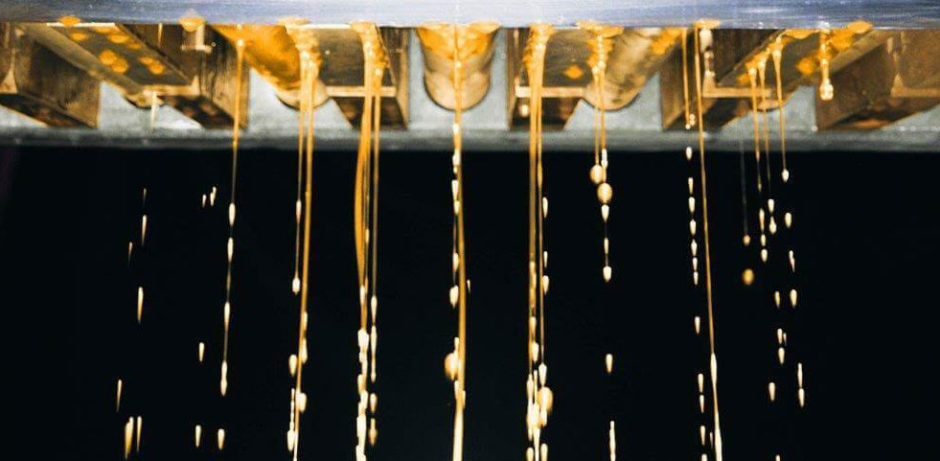
I’ve long been interested in this area of animal nutrition – the area of using fats and oils strategically in formulations. I’ve conducted animal research that runs along these lines, and I wrote a multi-part series on the Insta-Pro blog about the benefits of adding more to diet formulations.
These ingredients are interesting because a small addition or substitution, on a volume basis during formulations, can have large effects on animal performance. Similarly, small changes in the amounts or types of fats and oils in a formulation can have large effects on the total diet costs because fats and oils are expensive.
Therefore, it’s critical to understand, as much as we can, the composition and benefits of using different types of fats and oils in diets. At Insta-Pro, our ExPress® process, which combines high-shear dry extrusion with mechanical oil pressing, imparts benefits to the ingredients produced with it, and especially well understood is what happens to ExPress® soy meal.
For example, we know that different mechanical processes do not produce soy meal of the same quality as ExPress® soy meal. In addition, the majority of soybeans are turned into meal using a hexane-based (solvent-extracted), commodity process, and that ExPress® soy meal is superior to these meals as well.
Given this is true with the meals, why then should we not expect differences in the resulting soy oils that are produced with these products? We sought to better understand this through testing recently conducted at Iowa State University.
We obtained commodity, solvent-extracted soybean oil; ExPress® soy oil; a different mechanically processed soy oil; and for another comparison, an animal/vegetable blend. The following are some of the results:
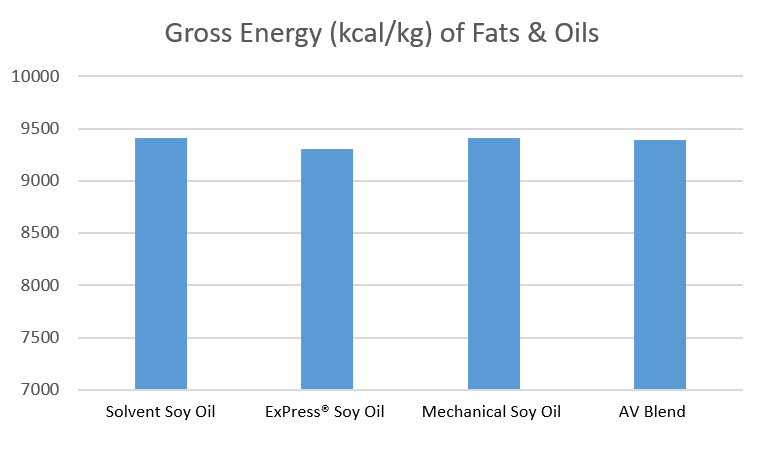
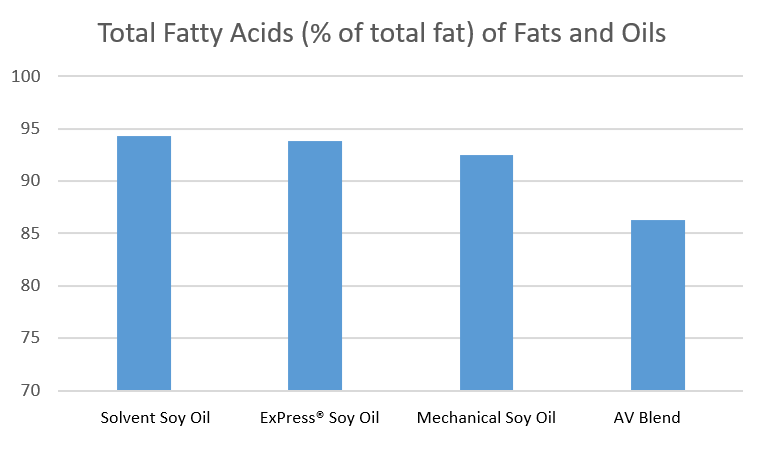
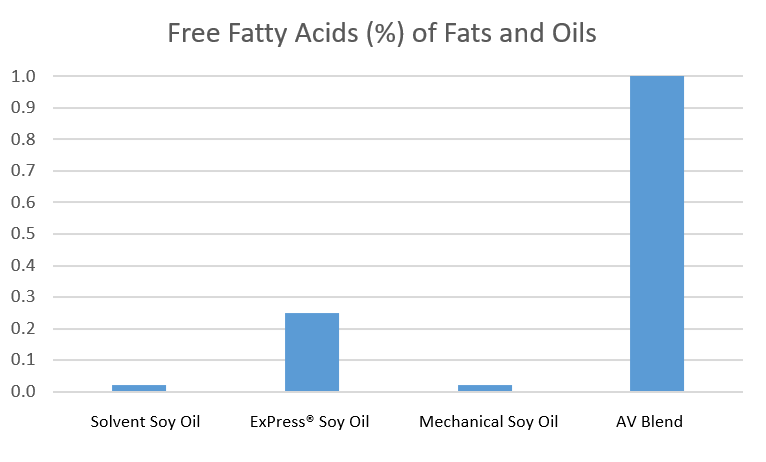
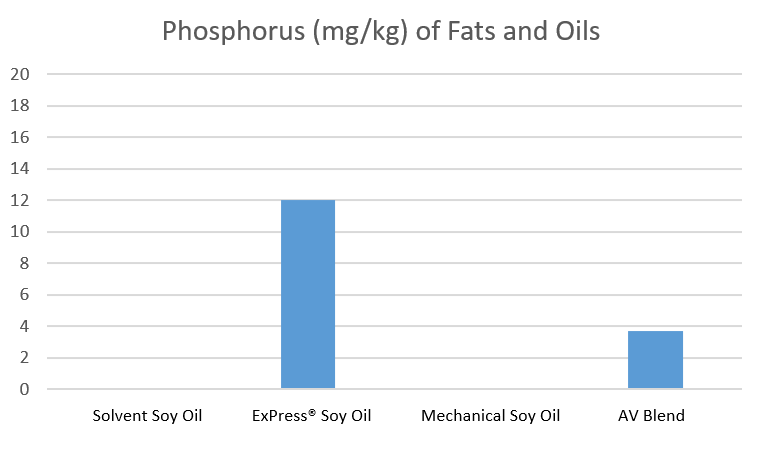
It’s important to note that, while clear numerical differences exist, none of these charts indicate major differences between the soy oils. For the animal/vegetable blend, signs of lower quality and blending are apparent, especially for total fatty acids and free fatty acids.
What’s perhaps more instructive is what happened when these fat sources were fed to broilers, and growth performance was measured. This will be Part 2 of this blog series.



